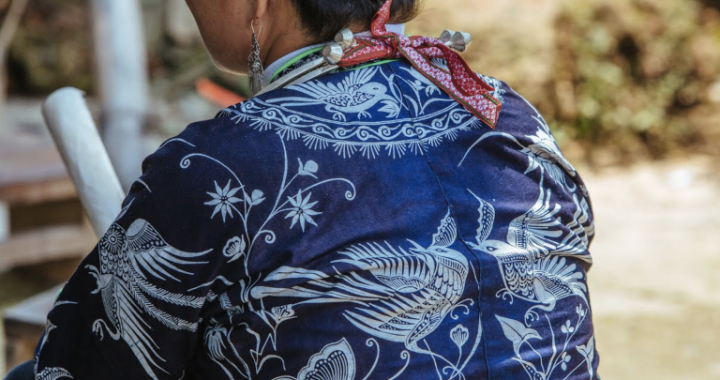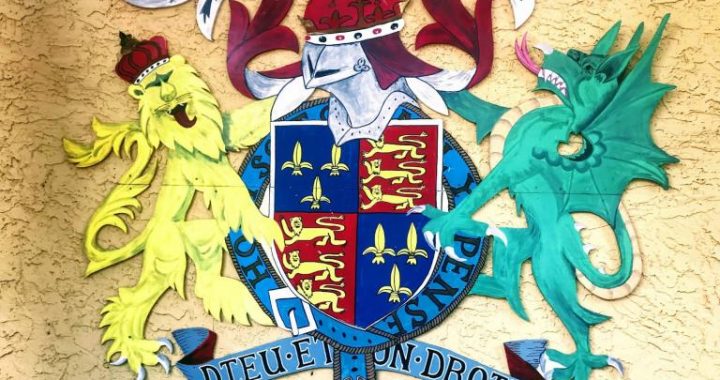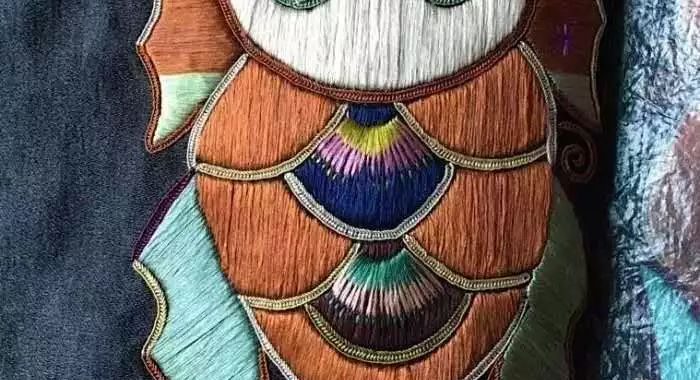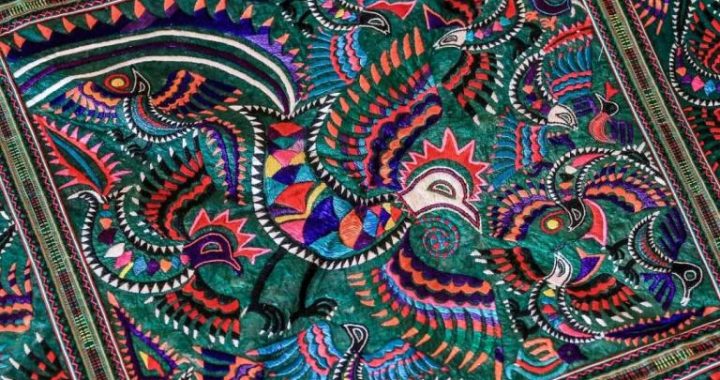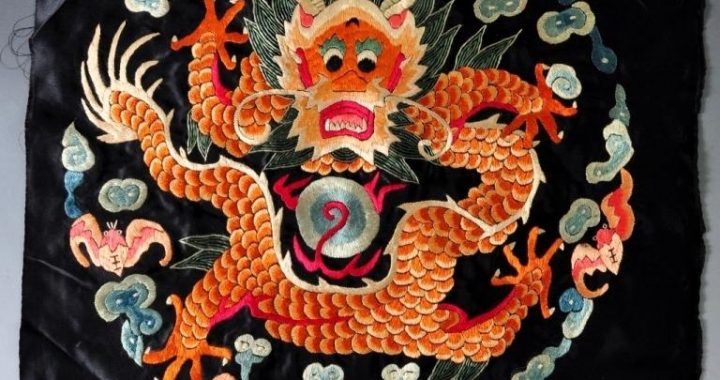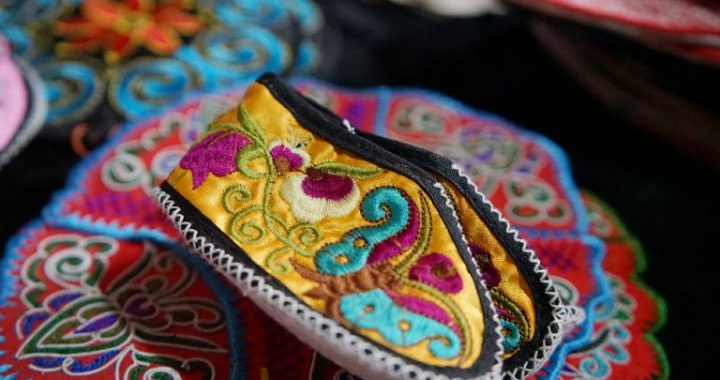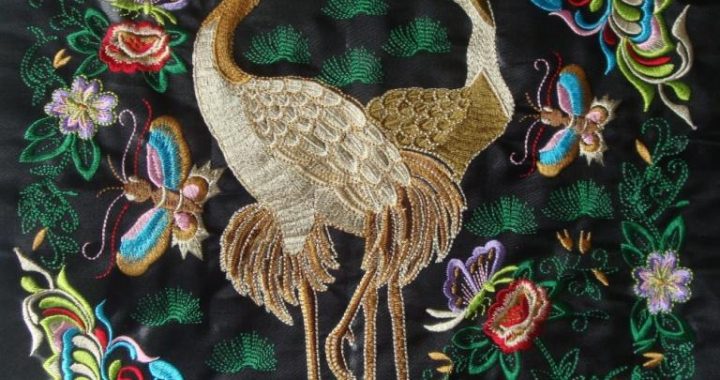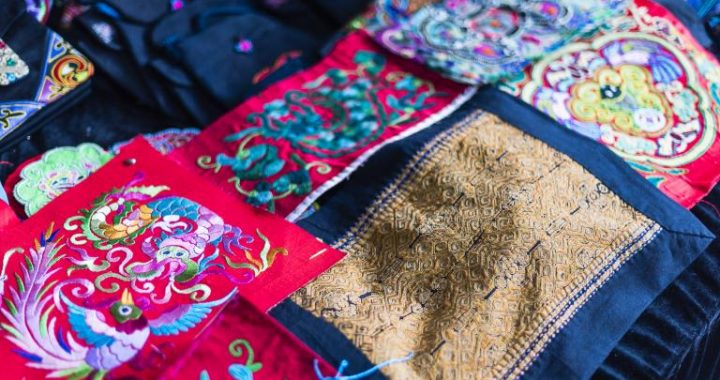Trend of Dress Reform in the Late Qing Dynasty
2 min readBy the end of the 19th century,a group of Chinese bourgeois reformists submitted to the emperor a statement with their joint signs, suggesting the government to carry out social and political reforms, including the dress systemreform. The movement is the famous “Reform Movement of 1898″in Chinese history.
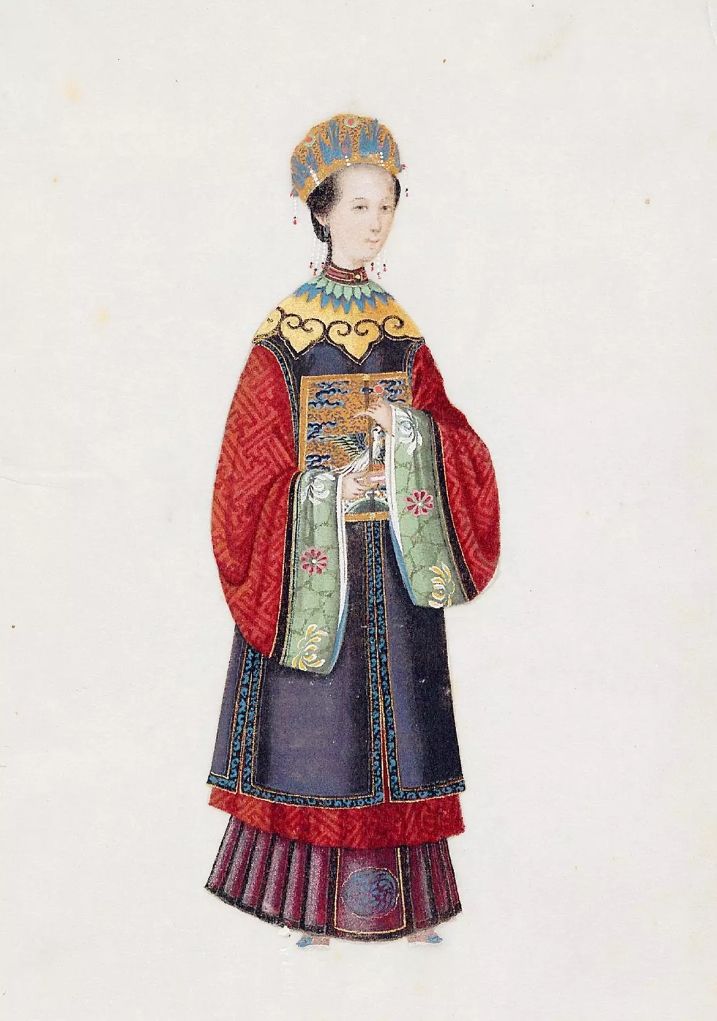
Kang Youwei, one of the leaders of the movement, suggested in his Drafts of Memorials from 1898 that the Emperor take the lead to change the Chinese traditional convention and learn from the advanced political, economic and cultural systems in the western countries. Besides, he made a special point that if the Chinese people still wore the traditional dress to compete with the westerners, it was impossible to win. Therefore, the reforms should be first made in the dress culture.
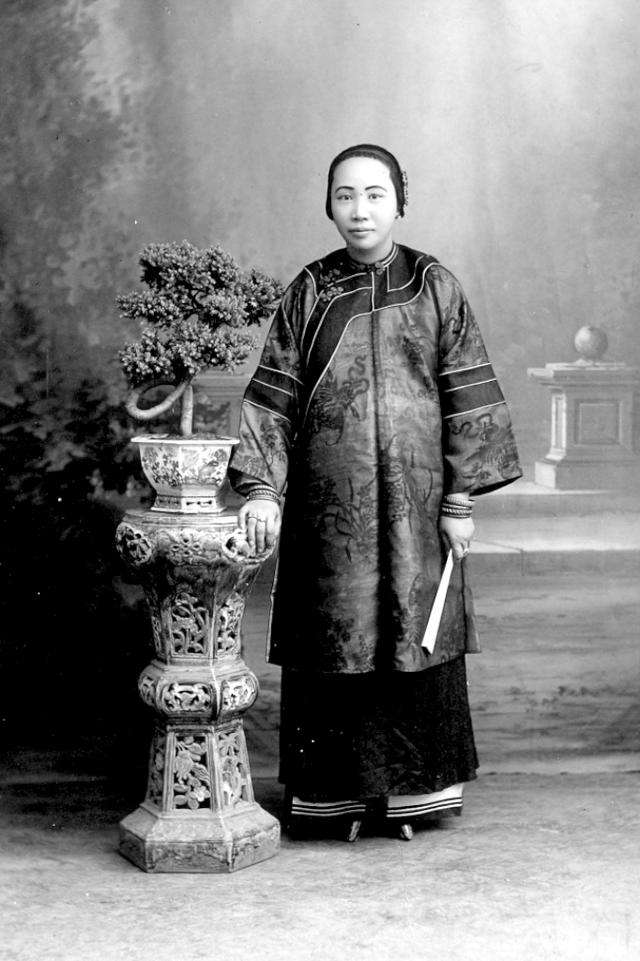
However, as the Chinese traditional dress culture had enjoyed a history of thousands of year, how could it be easy to be changed? Moreover, as the conservative in the court was trying their best to disturb the reform and the Emperor Guangxu who originally agreed with the reform didn’t enjoy the real power, the suggestions failed to be carried out. Only some simple alterations were made in military uniform and student dress; other dresses remained the same. What was worse, the Emperor issued an imperial edict stating that the dress system couldn’t be changed at will, as it was characterized by a ranking order and had a long history. Only the military uniform could be altered to some extent.A1l government officials, teachers and other people must abide by the existing dress system.
By the end of Qing dynasty, large numbers of youngsters went to study abroad.
Living in abroad, influenced by the western civilization and capitalist culture, they discarded the backward feudal ideologies and accepted the new ideas. Many people cut off their queues and began to wear suit. However, the dresses for officials and the regular people at home didn’t change at all; therefore these overseas students had to wear the Qing traditional dress when they came back. As there was no way to wear queues that had been cut off, they had to wear fake queues.
Later, with the spreading of the Western thoughts in China, these students didn’t wear wigs or long robes. They wore Western-style clothes in public, which developed to be a fashion for a while.
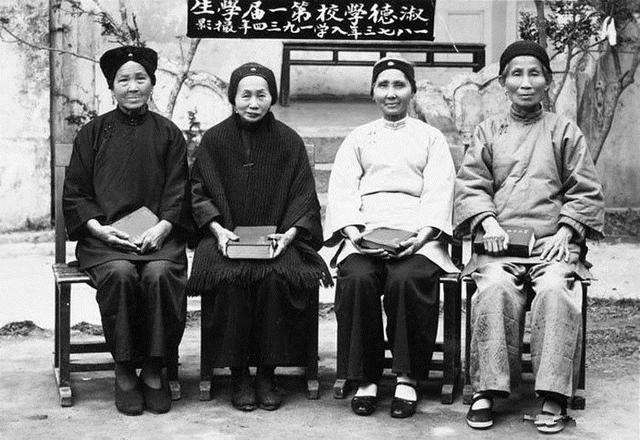
During the reign of the last Emperor Pu Yi, the foreign minister Wu Tingfang had suggested for several times that all Chinese people should cut off their queues and change their dresses. Under the pressure of public opinion, the Qing government had to convene a special legislation meeting to discuss the situation, however, they didn’t take it seriously and the suggestion failed to be carried out.
